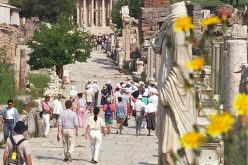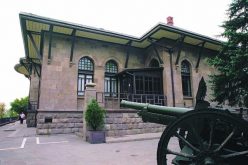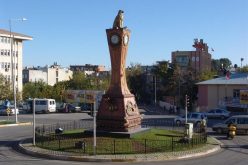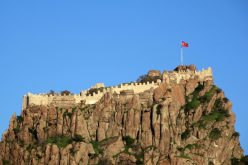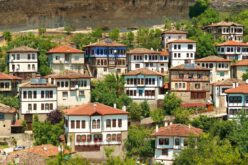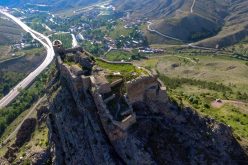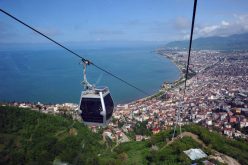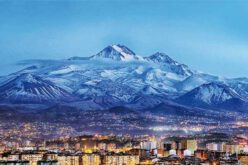Kars
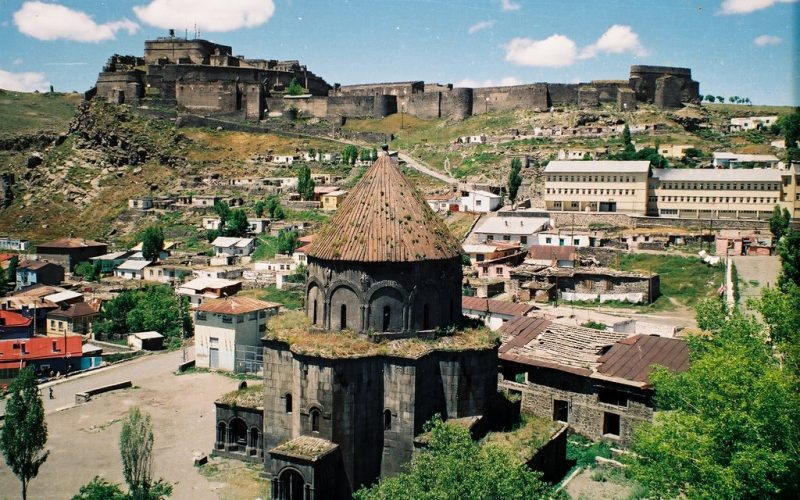
Kars
The province of Kars is located in the North East Turkey and is on the Historic Silk Road, Kars is a border city whose foundation history extends to the BC 9000 – 8000 and the city is a well-known city with its historical and archeological ruins, natural beauties and rich folklore culture.
From the researches and studies, it was determined that the history of Kars extends to the Polished Stoned Age (BC 9000 – 8000). Hurri, Urartu, Iskit, Part, Sasani and Byzantine civilizations had dominated the region. Seljukian Monarch Sultan Alpaslan had conquered the city and the surrounding area in 1064 and therefore the road of Anatolia had been granted for the following Turkish nations. After the conquest of the city by the Turks, the city and the region had been dominated by Mongols and Turkish States like Akkoyunlu and Karakoyunlu and finally the city had been entered under the reign of Ottoman Empire after 1514 by the conquest of Yavuz Sultan Selim.
Ancient Cities
Ani (Ocaklı) Ruins are at 48 km distance to the Kars Province. The ancient city is founded at the banks of the Arpaçay River flowing in the vicinity of Turkey – Armenia border and is in the borders of Mevcut Ocaklı Village. The foundation date is estimated to be in BC 350 – 300 years. The tourists coming to our country frequently visit the ruins of Ani. The ruins of city walls, Medieval churches and Seljukian architecture creations of the Ani ruins are magnificent art works and they worth visiting.
Seljuk Palace is located at the northwest end of the Ani ancient city and is quite magnificent. The external entrance gate is adorned with rich mosaic geometrical patterns. The internal structure of the building formed by a complex combination of various chambers, galleries, storage chambers and fountains.
The Ramparts are firstly constructed in the year 972. By the addition of eastern ramparts between 977 – 990 years, these ramparts had been strengthened. The three northern entrance gates are worth seeing. The Dragon Tower, which was used as a hospital by Seljukians in 12th century is one of the oldest hospitals of Anatolia.
Kars Castle is also called as Central Castle or Inner Castle and was constructed in the 10th Century. The Castle was completely destroyed by the forces of Timur in 1386 and was reconstructed in 1579.
Beylerbeyi Palace is located at the skirts of the Kars Castle. The palace was constructed by the order of Lala Mustafa Paşa in 1579. The structure has two floors and was occupied as the Kars Town Hall since 1828.
Mosques
Evliya (Saint) Mosque and the Menuçehr Mosque (The first mosque constructed by the Seljukian civilization in Anatolia) are the most important mosques of the province. The first constructed mosque was collapsed in 1579 and it was restored and reconstructed in 17th century with earthen ceiling. The mausoleum in its courtyard named the mosque.
Bridges
Taşköprü bridge (Stone Bridge) was constructed during the restoration period of the entire city in 1579 by the order of Sultan III. Murat. This initial bridge had collapsed in time and later the present bridge was constructed on the old pedestals in 1719.
Baths
Ilbeyoğlu Bath is located at the right side of the Taşköprü. Its current name is Muradiye Bath. The embossed designs and decorations display the characteristics of 18th century architecture style. The bath is currently in use.
Mazlumağa Bath is located at the left side of the Taşköprü and was constructed in 1579.
Highlands
The province of Kars hosts numerous plateaus and it is possible to say that the province is composed of plateaus. The province had a great potential of plateau and ranch tourism.
Museums
Kars Museum is one of the richest museums of Eastern Anatolia Region. The museum is separated into two main sections. At the archeological findings hall, ceramic and bronze works, ring stones, various coins, embroidered wooden doors, niches, bells discovered at the excavations executed in the Kars region are exhibited while at the ethnographic works hall the objects used by the folk of Kars during the history are exhibited. Also in the courtyard of the museum, relieves of various periods, ram statues and tomb stones are displayed.

